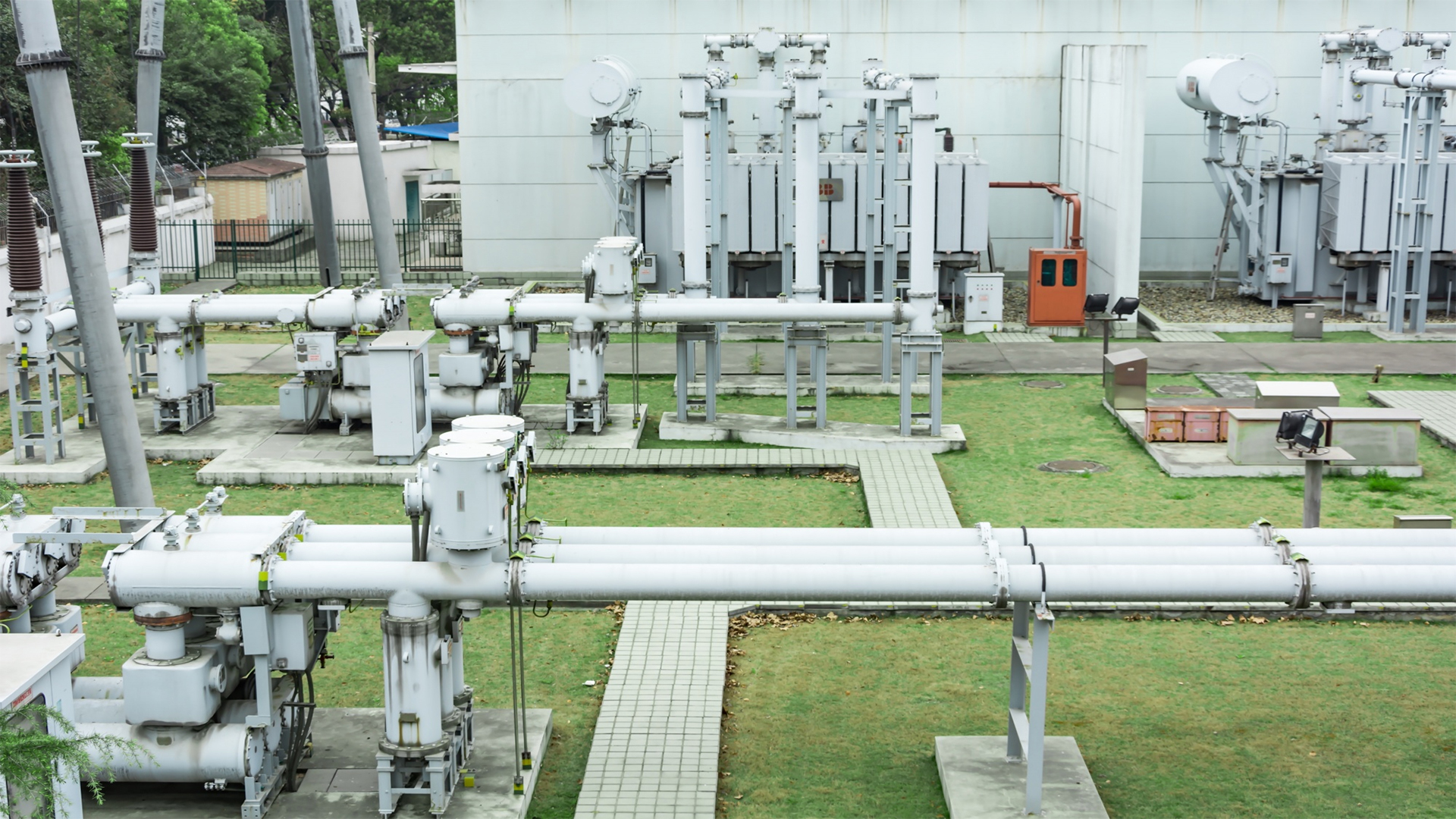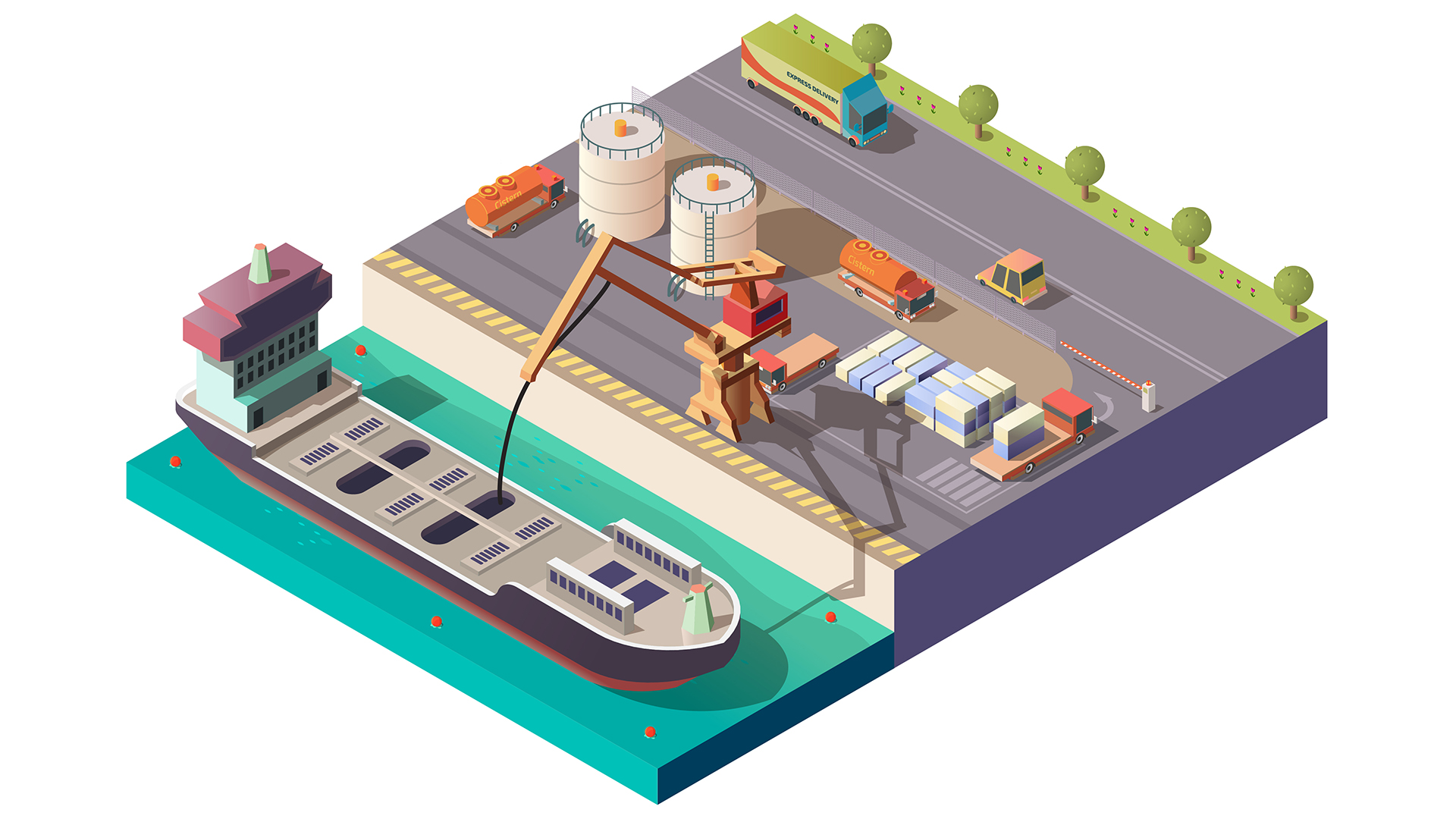
Advanced Synchronous Gas Generators Operations and Maintenance
Course overview
Welcome to the program for advanced synchronized gas generator operations and maintenance. With the knowledge, abilities, and expertise gained from taking this extensive course, you will be prepared to succeed in the specialist field of synchronous gas generator operations and maintenance. This training program has something of value to give, whether you’re an experienced professional trying to expand your capabilities or a beginner eager to lay a solid foundation.
Our training program is designed to give students a well-rounded learning experience that includes theoretical understanding, practical skills, and applications in the real world. To make sure you are well-prepared for your role, the curriculum comprises lectures, practical exercises (where appropriate), case studies, group discussions, and assessments.
Participant’s success depends on how actively you engage with and commit to the course material. Participate in debates, pose inquiries, and use what you discover in real-world circumstances. You will get more out of this training the more you put into it.
Participants will be evaluated once the training program is over to determine your level of learning and proficiency. To help us improve and better cater future programs to your needs, we welcome your input on the training’s subject matter and method of delivery.
We can’t wait to start this educational adventure with you. You will graduate from this program with the knowledge and assurance necessary to operate and maintain sophisticated synchronous gas generators. We shall all work to ensure an effective and consistent supply of electricity.
Introduction
“Advanced Synchronous Gas Generators Operations and Maintenance” is a specialist training course created to give professionals involved in the operation and maintenance of synchronous gas generators in-depth knowledge and practical skills. This kind of training is necessary in sectors like utilities, commercial buildings, and data centers where reliable power generation is vital.
The overall goal of this advanced training program is to equip professionals with the specialized knowledge and abilities needed to excel in the operation and maintenance of synchronous gas generators, assuring the steady supply of electricity in vital industries. It is essential for improving the environmental responsibility, effectiveness, and safety of power generation operations.
We are The Training Bee, a global training and education firm providing services in many countries. We are specialized in capacity building and talent development solutions for individuals and organizations, with our highly customized programs and training sessions.
Learning Objectives
Upon completing Advanced Synchronous CNG Gas Generators Operations and Maintenance, participants will be able to:
- Become proficient in synchronous gas generator operation and maintenance at an advanced level.
- Put safety first by thoroughly understanding gas generator protocols.
- Learn advanced troubleshooting methods to reduce downtime.
- Utilize efficient preventative maintenance to enhance the operation of gas generators.
- Make sure environmental standards are followed, and minimize emissions.
- Hone your load management and grid synchronization skills.
- For useable answers, apply theoretical knowledge to actual situations.
- For gas generator operations, cultivate a mindset of continual improvement.
Our Unique Training Methodology
This interactive course comprises the following training methods:
- Journaling – This consists of setting a timer and letting your thoughts flow, unedited and unscripted recording events, ideas, and thoughts over a while, related to the topic.
- Social learning – Information and expertise exchanged amongst peers via computer-based technologies and interactive conversations including Blogging, instant messaging, and forums for debate in groups.
- Project-based learning
- Mind mapping and brainstorming – A session will be carried out between participants to uncover unique ideas, thoughts, and opinions having a quality discussion.
- Interactive sessions – The course will use informative lectures to introduce key concepts and theories related to the topic.
- Presentations – Participants will be presented with multimedia tools such as videos and graphics to enhance learning. These will be delivered engagingly and interactively.
Training Medium
This Advanced Synchronous CNG Gas Generators Operations and Maintenance training is designed in a way that it can be delivered face-to-face and virtually.
Course Duration
This training is versatile in its delivery. The training can be delivered as a full-fledged 40-hour training program or a 15- hours crash course covering 5 hours of content each day over 3 days
Pre-course Assessment
Before you enroll in this course all we wanted to know is your exact mindset and your way of thinking.
For that, we have designed this questionnaire attached below.
- What is a synchronous gas generator’s main function?
- Can you think of two typical uses for synchronous gas generators?
- Name and briefly describe the three main synchronous gas generator parts.
- Explain what a “rotor” is and what a “stator” is in relation to synchronous gas generators.
- What makes safety so important while using synchronous gas generators?
- In order to operate or maintain a gas generator safely, at least two precautions or safety measures must be taken.
- What distinguishes corrective maintenance from preventive maintenance?
- Mention two essential upkeep jobs that should be carried out on a gas generator on a regular basis.
Course Modules
This Advanced Synchronous CNG Gas Generators Operations and Maintenance covers the following topics for understanding the essentials of the Agile Workplace:
Module 1 – A Brief Overview of Synchronous Gas Generators
- Synchronous gas generators: an overview
- Applications for and types of synchronous gas generators
- The significance of efficient maintenance and operation
Module 2 – Systems and Components for Gas Generators
- Detailed breakdown of the parts of a gas generator, such as the rotor, stator, exciter, and governor
- Knowledge of the mechanical and electrical systems
- Role and purpose of each element
Module 3 – Safety Measures
- The significance of safety in gas generator maintenance and operation
- Guidelines for safety when using gas generators
- Shutdown procedures in an emergency
Module 4 – Operational Guidelines
- The basics of operating a gas generator
- Load synchronization and management
- Control of voltage and frequency
Module 5 – Maintenance Principles
- Contrasting preventive and corrective maintenance
- Plans and schedules for maintenance
- Systems for lubrication, cooling, and ventilation
Module 6 – Investigation and diagnosis
- Common problems and mistakes
- Tools and procedures for diagnosis
- Resolution techniques
Module 7 – Revision and Repair
- Significant overhaul processes
- Repair and refurbishing of components
- Alignment and replacement of bearings
Module 8 – Systems for Control and Monitoring
- Systems that control gas generators
- Monitoring and analysis of data
- Upgrades to software and firmware
Module 9 – Environment-Related Issues
- Observing environmental laws and regulations
- Emissions regulation and observation
- Efforts to lessen the impact on the environment
Post-course Assessment
Participants need to complete an assessment post-course completion so our mentors will get to know their understanding of the course. A mentor will also have interrogative conversations with participants and provide valuable feedback.
- Describe the key elements and the purposes of a synchronous gas generator.
- Describe the idea of field excitation and how it affects the operation of gas generators.
- What safety measures should you take before working on a gas generator that is already running?
- What procedures would you follow if you needed to shut down a gas generator quickly?
- Describe three essential maintenance procedures that should be covered by a regular gas generator maintenance schedule.
- Describe the primary variations between gas generator preventive and corrective maintenance.
- Give the names of two techniques for lowering gas generator emissions.
Lessons Learned
Participants should have developed a thorough understanding of the parts, systems, and operating ideas of synchronous gas generators, enabling them to deal with these complicated devices with confidence.
Putting safety first: It is impossible to stress how crucial safety is when using and maintaining gas generators. In order to keep themselves and others safe, participants ought to have trained to put safety first at all times and to adhere to stringent safety procedures.
Effective Maintenance Practices: After this lesson, participants should be knowledgeable about both preventative and corrective maintenance procedures, including maintenance planning, component inspection, and troubleshooting methods.
Identifying and addressing typical problems and flaws that can occur in gas generators should have been covered in the training, which would have improved participants’ capacity to keep the equipment in good working order.
Environmental Awareness and Compliance: Emphasis should be placed on understanding environmental legislation and implementing measures to reduce emissions and environmental effect. Participants ought to be aware of their responsibility for ensuring compliance.
Operational Proficiency: Participants should be able to successfully manage loads, synchronize gas generators with the grid, and regulate voltage and frequency, all of which contribute to the steady running of power systems.







